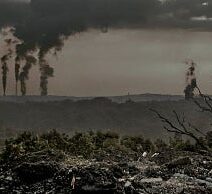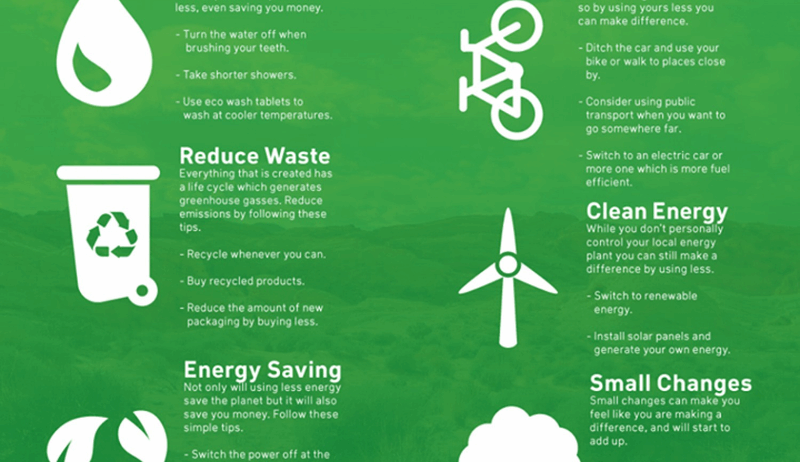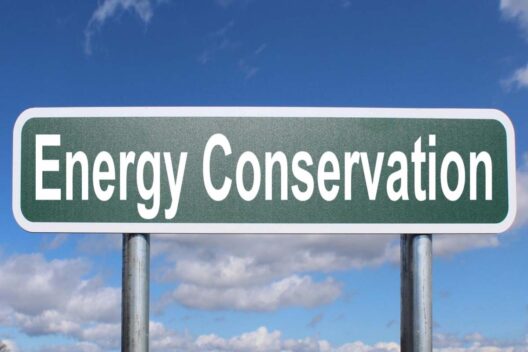The phenomenon of climate change is arguably one of the most pressing issues of our time. With the alarming rise in global temperatures, altered weather patterns, and increasingly frequent natural disasters, the call for actionable solutions has never been more critical. It is imperative to explore the multifaceted approaches to combat this crisis, integrating technology, policy reform, and community engagement. Here lies a comprehensive exposition of the potential pathways for redressing climate change.
One might ponder over the efficacy and immediacy of solutions. They can be categorized into several spheres: technological innovations, governmental policies, and grassroots movements. Each plays a pivotal role in crafting a sustainable future. Below, we will delve into these realms, assessing their potential impact and aesthetic appeal in transforming our world.
The Power of Technological Innovations
Technological advancements have the uncanny ability to redefine paradigms. From renewable energy technologies to carbon capture systems, innovation is at the forefront of climate change solutions. Solar and wind energy, for instance, have transitioned from niche markets to mainstream alternatives, providing clean energy that not only neutralizes carbon emissions but also enhances energy independence.
Solar panels, with their captivating designs and looping forms that adorn rooftops, serve as both functional and aesthetic assets. They not only generate energy but symbolize a shift toward sustainable living. Similarly, wind turbines, with their elegant silhouettes against the horizon, harness the kinetic energy of the wind, converting it into clean electricity. The integration of renewable energy sources can significantly mitigate greenhouse gas emissions, providing a crucial buffer against climate change.
In addition to renewables, carbon capture, utilization, and storage (CCUS) technologies present a compelling strategy. By sequestering carbon dioxide emissions before they enter the atmosphere, CCUS enables industries to continue their operations while simultaneously addressing their environmental impact. These technologies offer an intriguing mix of complexity and potential, requiring robust infrastructure but promising a considerable reduction in global warming potential.
Legislative Initiatives: Driving Change through Policy
Another cornerstone of climate action lies in the realm of policy reform. Governmental initiatives can wield tremendous influence, shaping the trajectory of climate response efforts. Legislation aimed at reducing carbon footprints, such as carbon pricing or cap-and-trade systems, creates an economic impetus for industries to innovate and minimize their environmental impacts.
In the epicenter of legislative discourse is the Green New Deal, which advocates for comprehensive action on climate change while simultaneously addressing economic inequality. By coupling environmental regeneration with job creation, this initiative captures a critical intersectionality, appealing to both ecological and socio-economic sensibilities.
Moreover, international agreements such as the Paris Climate Accord provide a vital platform for collective action. When nations convene, setting boundaries for carbon emissions and pledging to adhere to sustainable practices, a global momentum for change is generated. Such agreements emphasize the culturally aesthetic notion of unity and collective responsibility, intertwining the fates of all nations in the quest for sustainability.
Empowering Communities: The Grassroots Movement
Perhaps the most transformative solutions emerge from local communities. Grassroots movements galvanize individuals, igniting a sense of agency that is often stifled in larger, bureaucratic frameworks. Community-based initiatives that focus on sustainability—such as urban gardening, reforestation projects, and local clean-up efforts—create a palpable connection between individuals and their environment.
Urban gardening, for instance, metamorphoses cityscapes while fostering local biodiversity. The allure of verdant spaces amid concrete jungles inspires residents to reconnect with nature, promoting both mental well-being and ecological stewardship. The aesthetic beauty of lush gardens, overflowing with the bounty of local produce, not only beautifies urban areas but also minimizes the carbon footprint associated with food transport.
Furthermore, engaging local schools and organizations in environmental education yields profound ripples of awareness and conscientiousness. Initiatives that focus on teaching children about sustainability—through art, science, and community service—cultivate an environmental ethic that can flourish in future generations. These movements serve as vital threads, weaving together the social fabric with the imperative of sustainability.
The Intersection of Innovation and Tradition
As climate solutions proliferate, an intriguing intersection emerges between traditional practices and modern innovations. Indigenous methods of land stewardship, grounded in sustainable agricultural practices honed over millennia, can be harmoniously married with contemporary technology. By embracing the wisdom of the past while harnessing the power of innovation, a more holistic approach to environmental management can evolve.
The aesthetic appeal of this paradigm is striking. Envision farming landscapes that blend ancient techniques with cutting-edge technology: organic fields thriving alongside solar installations and wind turbines. This captivating synthesis not only enhances food security but also contributes to carbon sequestration, showcasing agriculture’s potential as a key ally against climate change.
Ultimately, the solutions to climate change demand a multifaceted approach, interlacing technological ingenuity, policy innovation, and grassroots empowerment. Each element—when functioning synergistically—can create a robust framework for hope and action. The journey toward sustainability is not a solitary endeavor; rather, it is a monumental collective commitment to fostering an environment that nurtures life in all its forms. As we contemplate the future, let us engage with the potential that lies in our hands, crafting a narrative that is rich in resilience and imbued with beauty.







